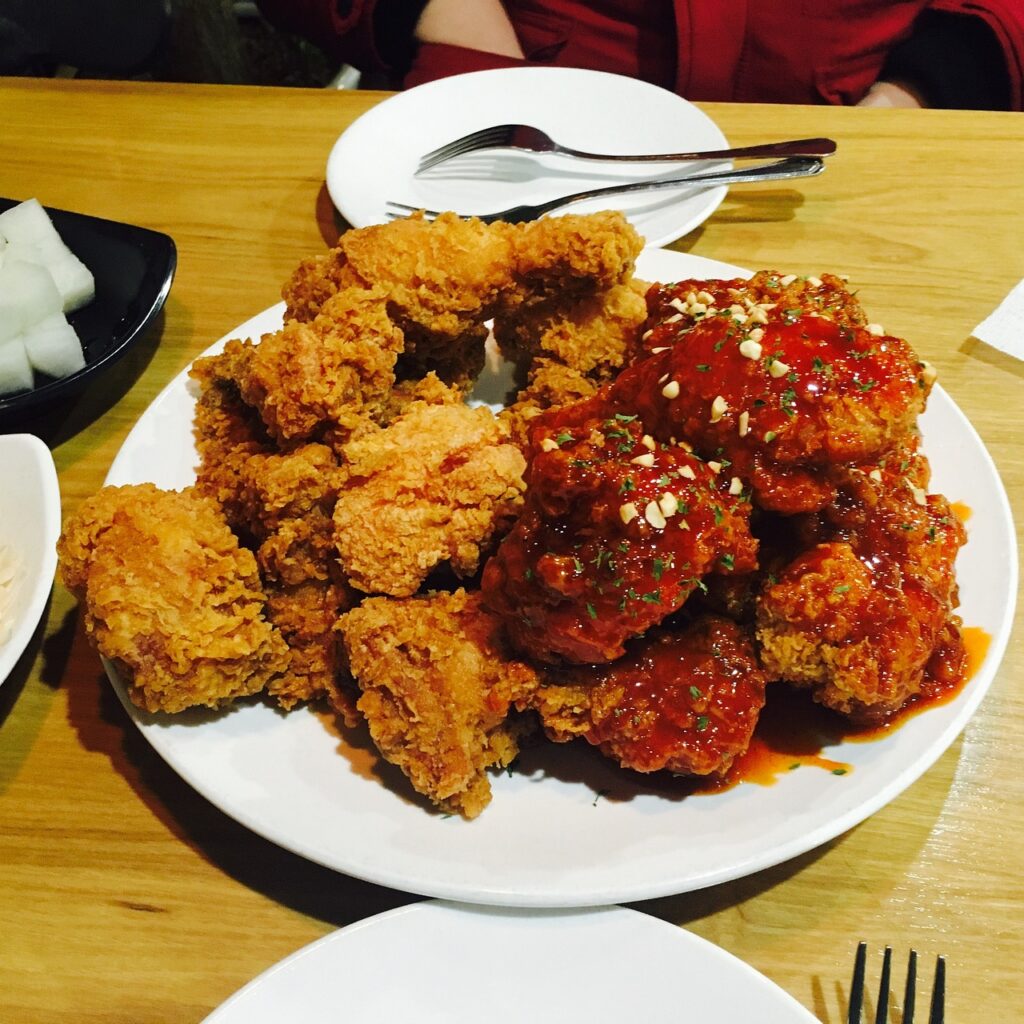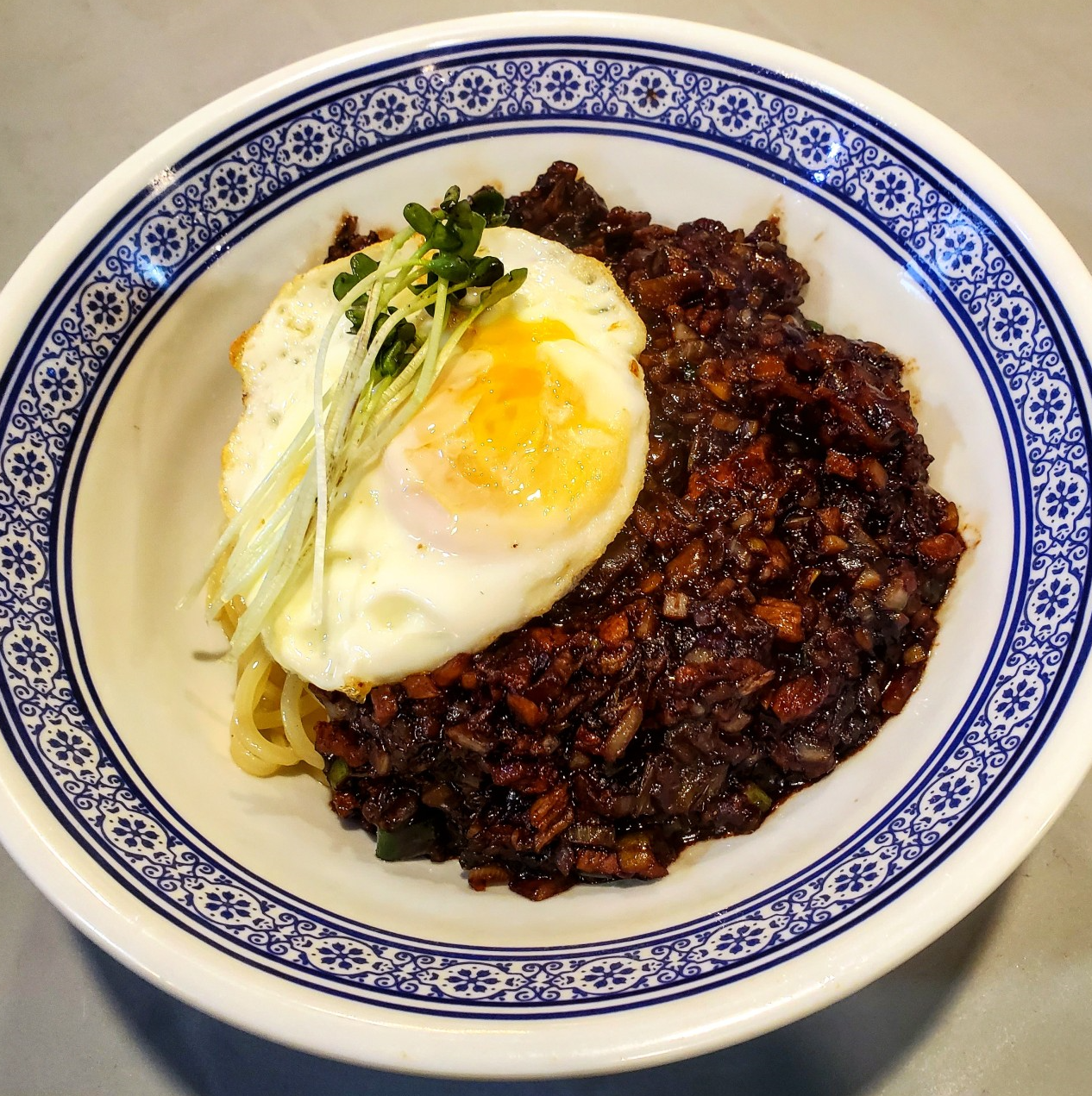Here are five of the most popular Jajangmyeon in Seoul. South Korea’s food culture is recognized around the world for its richness and diversity, and jajangmyeon is loved by many for its unique flavor and texture. We hope this information will help you enjoy Korean jajangmyeon. Bon appetit! 😊
What is Jajangmyeon?
Jajangmyeon was created in the late 19th century by overseas Chinese from Shandong Province, China, as a variation of the Qing Dynasty’s Manchurian japjajang. The overseas Chinese who came to Korea at the time used the Korean ingredient chunjang to make Manchurian japjajang, which was then adapted to Korean tastes, and jajangmyeon was born.

Jajangmyeon ingredients
The main ingredients for jajangmyeon are as follows (be aware of allergies)
- Chunjang: The main ingredient that gives jajangmyeon its black color and salty flavor.
- Pork: Thinly sliced pork adds flavor and aroma to the noodles.
- Onion: Onion adds sweetness during the stir-frying process and helps to balance the savory flavor of the jjajangjang.
- Carrots: Carrots add sweetness and color during the stir-frying process.
- Bean sprouts: Bean sprouts add texture to the stir-fry.
- Watercress: Watercress is the ingredient that gives the jjajang its sweet flavor.
- Sugar: Sugar is an ingredient that adds to the sweetness of the gochujang.
- Soy sauce: Soy sauce adds the salty flavor of the gochujang.
- Sesame oil: Sesame oil adds flavor to the gochujang.
- Pepper: Pepper adds a spicy flavor to the gochujang.
How to make jajang noodles
- Slice the pork into thin strips and prepare the onion, carrot, and bean sprouts.
- Heat the oil in a wok and fry the pork.
- When the pork is cooked, add the onions, carrots, and bean sprouts and stir-fry.
- Add the spring rolls, water chestnuts, sugar, soy sauce, sesame oil, and pepper and stir-fry.
- Add enough water to cover and bring to a boil.
- Boil the noodles, drain, and place on a plate.
- Top the noodles with the gochujang made in step 5 to finish.
Types of Jajangmyeon
Jajangmyeon can be divided into different types based on toppings.
- Plain jajangmyeon: This is a basic jjajangmyeon with just pork and vegetables.
- Seafood Jajangmyeon: Jajangmyeon with seafood added.
- Cheese Jajangmyeon: Jajangmyeon with cheese.
- Bean Sprout Jajangmyeon: Jajangmyeon with bean sprouts.
- Egg Jajangmyeon: Jajangmyeon with egg.
Jajangmyeon nutrition
Jajangmyeon contains carbohydrates, protein, fat, vitamins, and minerals. Jajangmyeon contains about 700 to 800 calories per bowl.
Tips for eating jajangmyeon
- Basic jjajangmyeon comes with the sauce poured over it, while soy sauce is served separately. Both are best eaten with the sauce. The trick is to make sure all the noodles are covered with sauce.
- If you’re eating jajangmyeon, you can enjoy it even more if you add spicy chili powder.
- If you’re eating with 3 people, you can order a bowl of jajangmyeon and a bowl of tangsuyuk.
- After eating jajangmyeon, drink plenty of water to help digest it.
- Jajangmyeon is a food that raises blood sugar, so diabetics should eat it with caution.
Jajangmyeon culture
Jajangmyeon is one of the most popular foods in South Korea. In fact, it is often referred to as the “national food” of South Korea. Jajangmyeon is often featured in Korean dramas, movies, and comics.
BEST 5 Jajangmyeon in Seoul
Here are 5 of the most popular jajangmyeon restaurants in Seoul:
1. Hongneunggak
Located in Cheongnyangni, this long-established restaurant specializes in yukmi-gan jjajangmyeon, which is made with a generous amount of meat and onions, stir-fried and served over noodles with sobok.
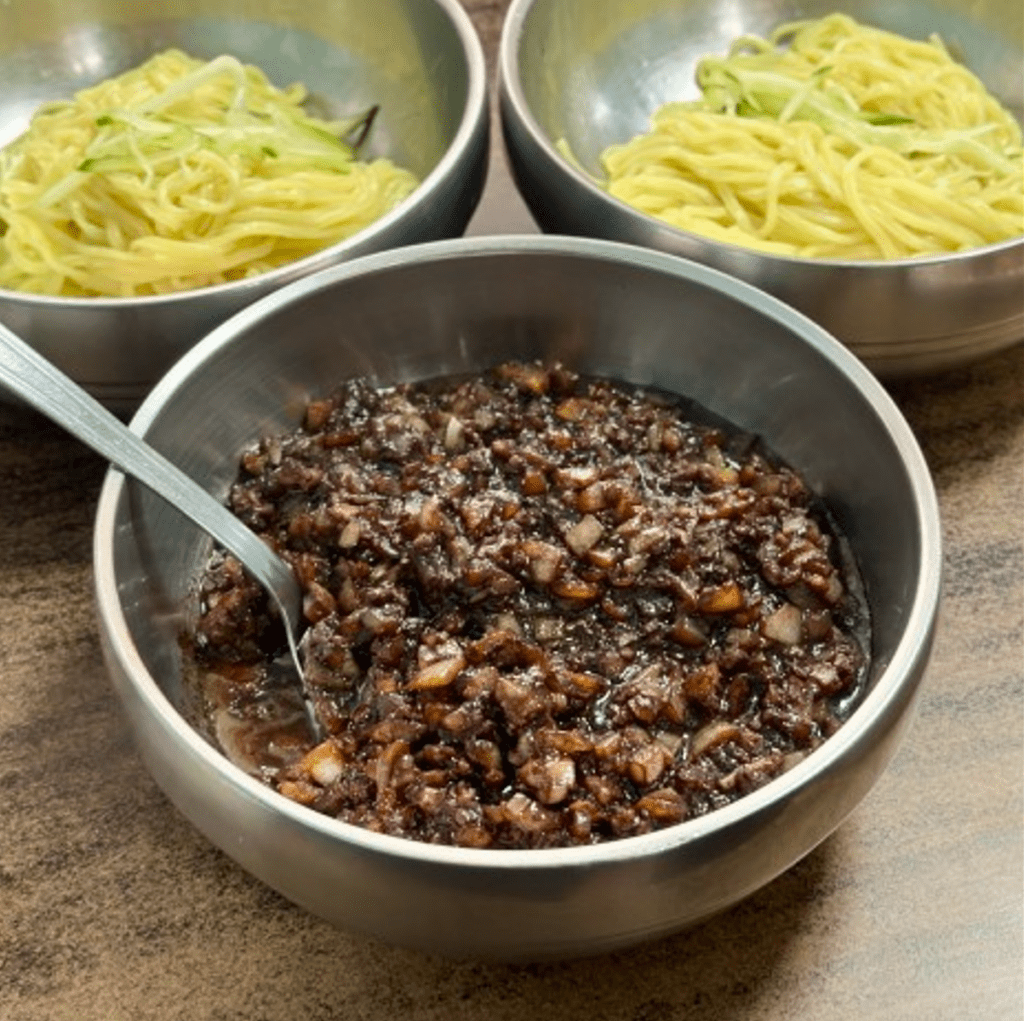
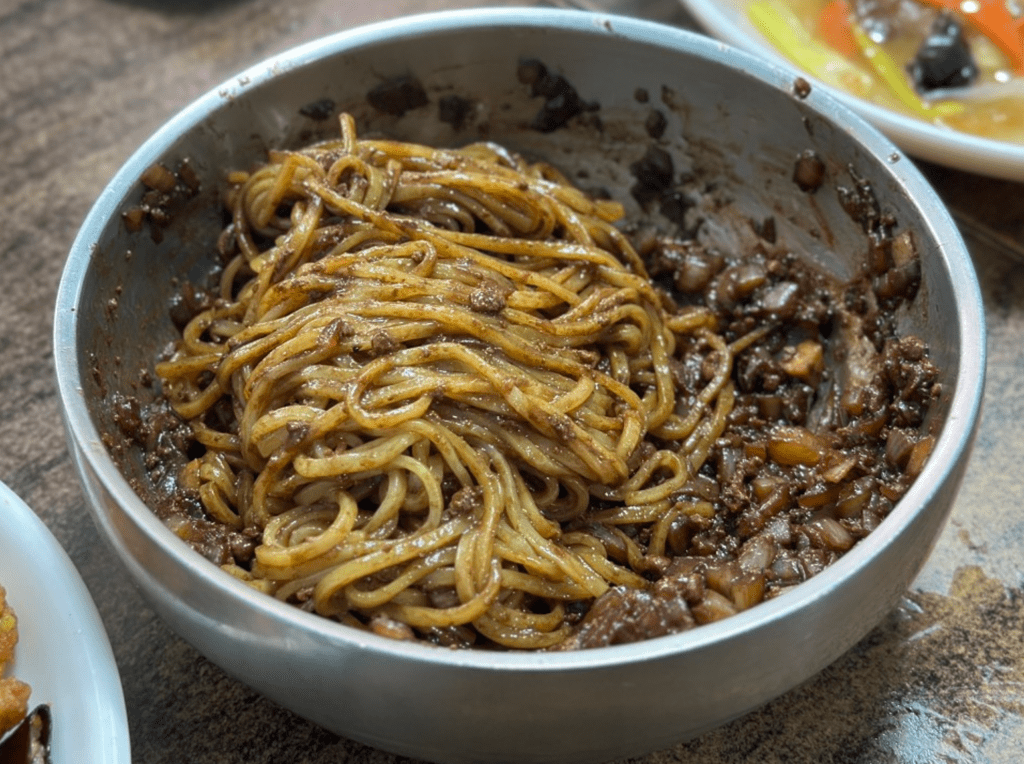
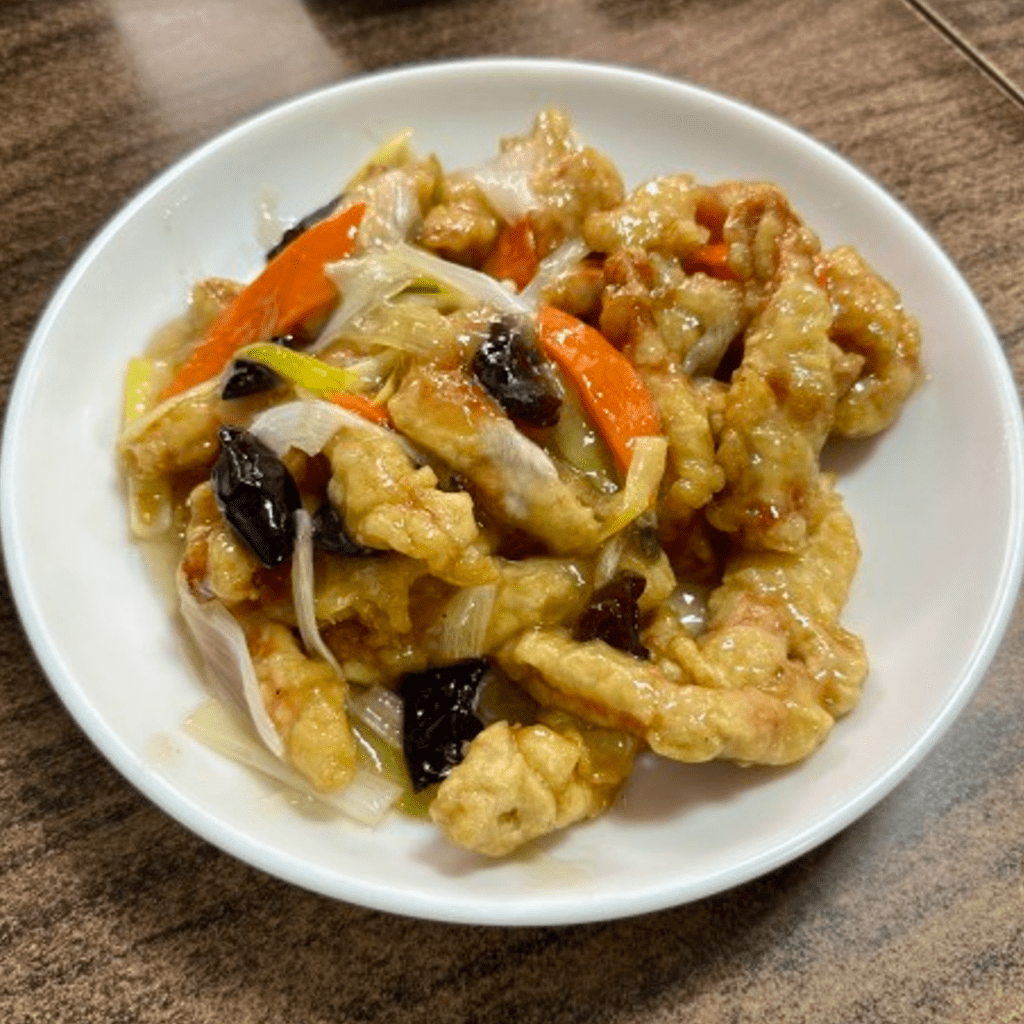
- Type: Meat jjajangmyeon specialty restaurant
- Specialty: Located in Cheongnyangni, this long-established restaurant specializes in yukmi ganjjajang, a stir-fried noodle soup with plenty of meat and onions.
- Location: 90, Yakryeong-ro, Dongdaemun-gu, Seoul
- Price: Yukmi Jajang 7,700 won, Yukmi Ganjajang 8,800 won
- Hours: Wednesday through Sunday, 11:30 a.m. to 3:00 p.m.
- Closed: Monday, Tuesday
- Google Rating: 4.2⭐⭐⭐⭐(375)
2. Andong Banjum
This is an authentic old-style jjajangmyeon restaurant with a thick jjajang sauce full of fiery flavors, and the fried rice with fried egg on top is really delicious.
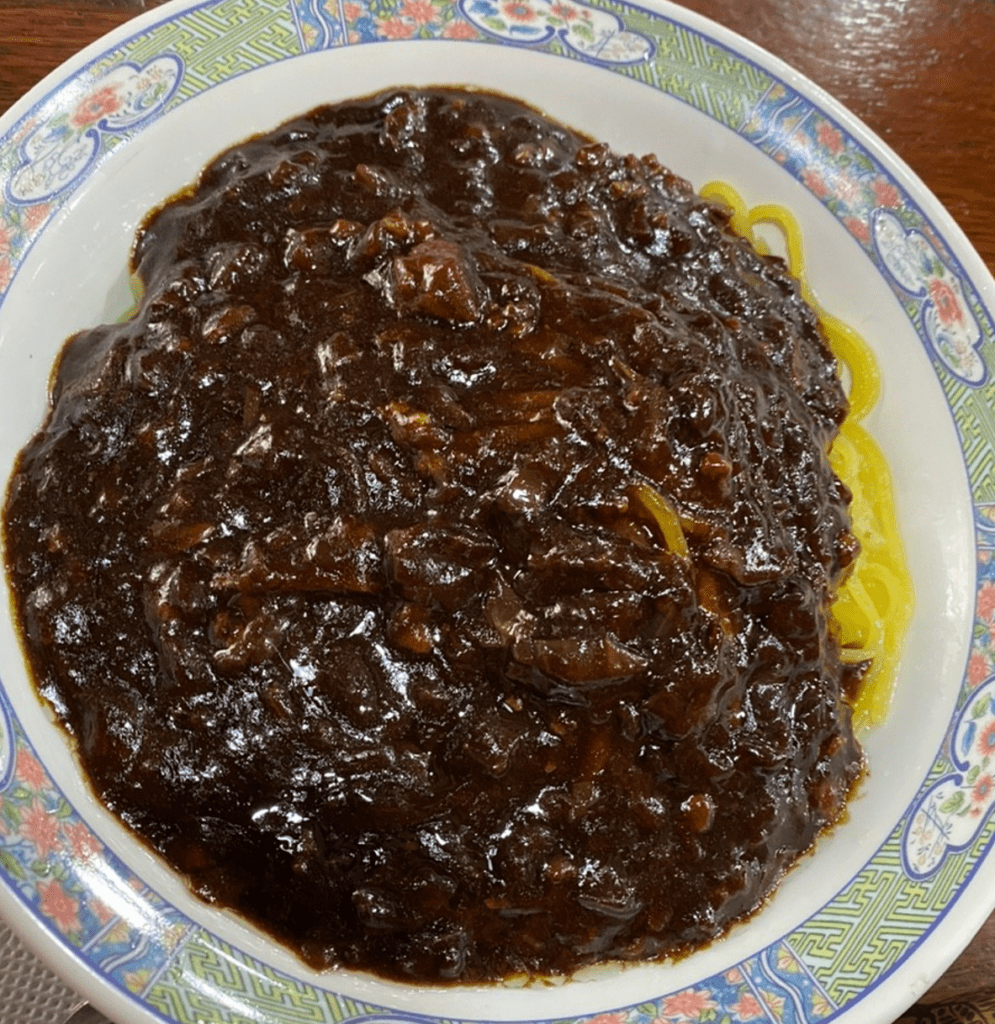
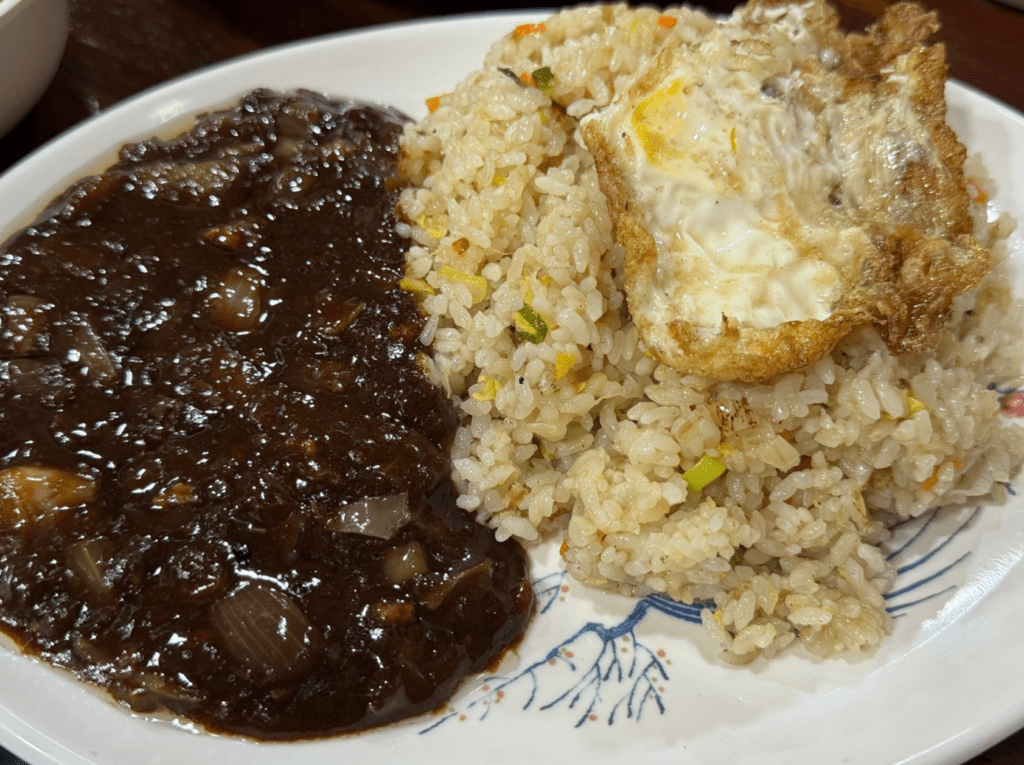
- Type: Old-style jajangmyeon specialty
- Specialty: Old-style jjajangmyeon with a thick jjajang sauce full of spicy flavors, mixed with a fried egg, which adds a lot of flavor.
- Location: 35-1, Goryeo-daero 1-gil, Seongbuk-gu, Seoul
- Price: Jajangmyeon 6,000 won, fried rice 7,000 won
- Hours: Thursday through Sunday, 11:00 a.m. to 5:00 p.m.
- Closed: Monday, Tuesday, Wednesday
- Google Rating: 4.3⭐⭐⭐⭐⭐ (552)
3. Shinseonggak
Ganjajangmyeon is famous for its Pyongyang naengmyeon, which is made with no sugar and no miwon, so you can taste the original flavor of the jjajang.
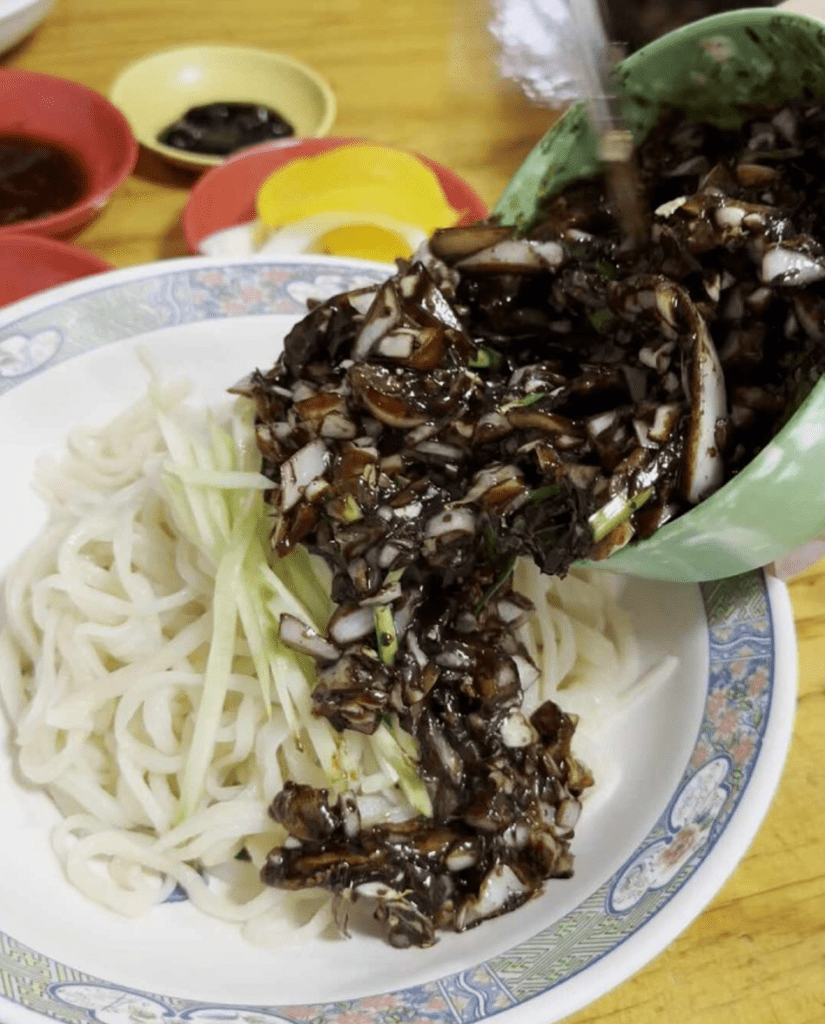
- Type: Ganjajangmyeon specialty store
- Specialty: Famous for its Pyongyang naengmyeon, a simple soybean paste noodle dish that contains no sugar and no miwon, so you can taste the original flavor of the soybean paste.
- Location: 55-1 Imjeong-ro, Mapo-gu, Seoul
- Price: Ganjajangmyeon 7,000 won, Tangsuyuk 17,000 won
- Hours: Monday through Saturday 11:35 – 16:00
- Closed: Sunday
- Google rating: 4.1⭐⭐⭐⭐(433)
4. Hyodonggak
Jajangmyeon is 8,000 won and multigrain is 10,000 won. Hyo Dong Gak’s main branch in Sinchon is competing with only one menu item, the original traditional jjajangmyeon.
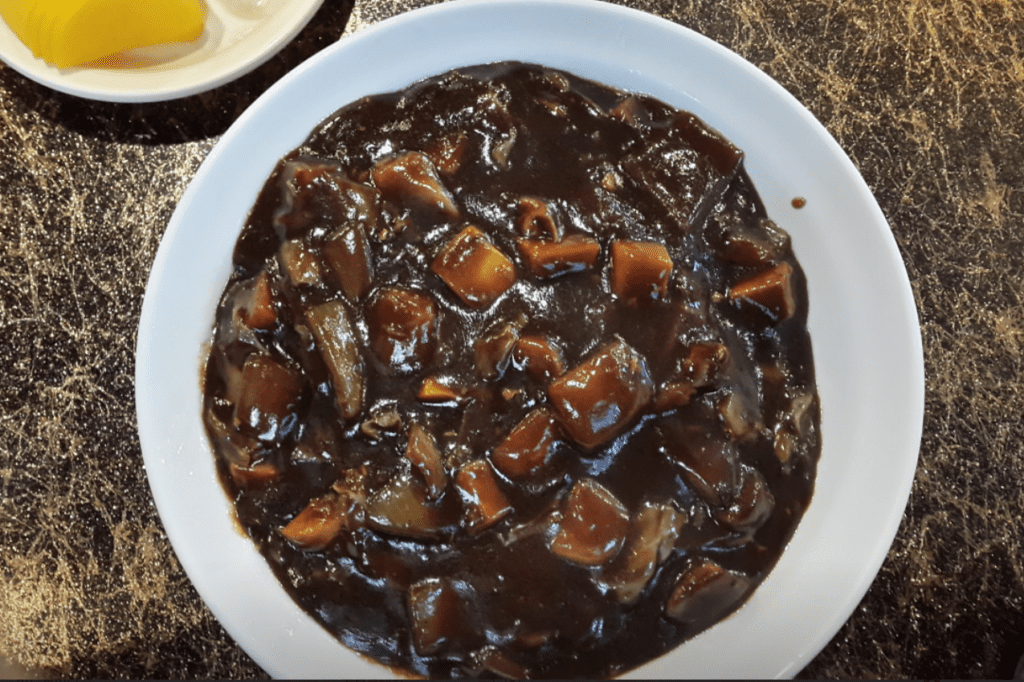
- Type: Traditional Jjajangmyeon restaurant
- Specialty: The Hyo Dong Gak main branch in Sinchon serves only the original traditional jjajangmyeon single dish.
- Location: 24 Yeonyeon-dongmun-gil, Seodaemun-gu, Seoul
- Price: Jajangmyeon 8,000 won, Multbaegi 10,000 won
- Hours: Tuesday – Saturday 11:50 – 14:30
- Closed: Monday, Sunday
- Google Rating: 3.6⭐⭐⭐(220)
5. Young Hwajang
The house’s signature chili jjajang is made with diced chilies atop a jjajang sauce with onions and shrimp, and while it’s not super spicy, the heat of the chilies has an addictive kick that only those who have tried it know.
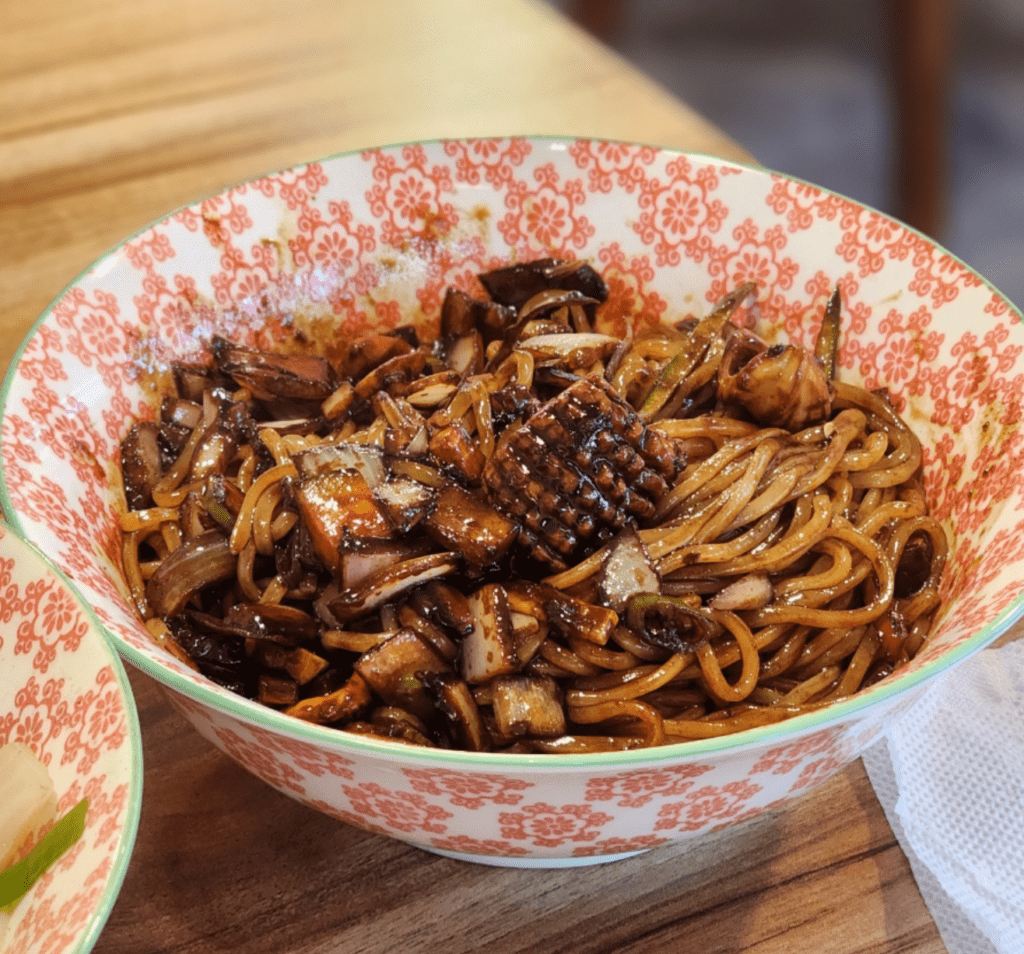
- Type: Spicy chili jjajangmyeon restaurant
- Specialty: Their signature jajangjang is a jjajang sauce with onions and shrimp, topped with sliced chili peppers, which is not very spicy but has an addictive kick that only those who have tried it know.
- Location: 3-8, Hwigyeong-ro, Dongdaemun-gu, Seoul
- Price: Gochu jjajangmyeon 10,000 won, Tangsuyuk 23,000 won
- Hours: 11:30 a.m. to 9:00 p.m. daily
- Closed: None
- Google rating: 4.2⭐⭐⭐⭐(265)
These are the 5 best places to eat jjajangmyeon in Seoul, and we hope it will help foreign tourists to enjoy Korean jjajangmyeon. Enjoy!😊
Jajangmyeon in Seoul FAQ.
Q. What is Jajangmyeon?
A. Jajangmyeon is a very popular Chinese dish in Korea. Jajangmyeon is made with noodles topped with black bean sauce, pork, seafood, vegetables, and more.
Q. What are the origins of jajangmyeon?
A. Jajangmyeon is originally a Chinese dish, but it was introduced to Korea in the early 1900s when Chinese immigrants settled in Incheon. Since then, Korean jajangmyeon has developed a distinctive flavor and texture that is different from its Chinese counterpart.
Q. How is jajangmyeon eaten in Korea?
A. Jajangmyeon is usually eaten with chopsticks and a spoon. It is customary to mix the noodles and sauce well before eating.
Q. Where can I eat jajangmyeon in Korea?
A. You can find Chinese restaurants serving jajangmyeon in almost every city in Korea. Seoul in particular has many jajangmyeon specialty restaurants.
Q. What are the ingredients in jajangmyeon?
A. The main ingredients of jajangmyeon are noodles, black bean sauce, pork, seafood, and vegetables1. However, each restaurant uses its own unique recipe and ingredients.
Q. How much does jajangmyeon cost?
A. The price of jajangmyeon varies depending on the restaurant, but it’s generally affordable. In Korea, jajangmyeon is considered a value-for-money meal.
Q. What drinks go well with jajangmyeon?
A. Chinese alcohol goes well with jajangmyeon. In particular, Qingtao beer and Iguadu liquor neutralize the strong flavors of jajangmyeon.
